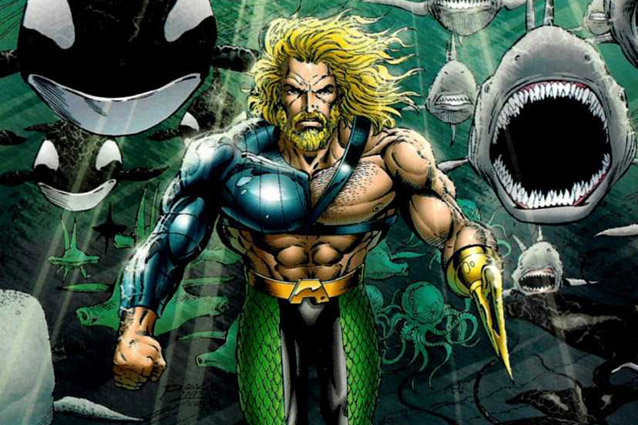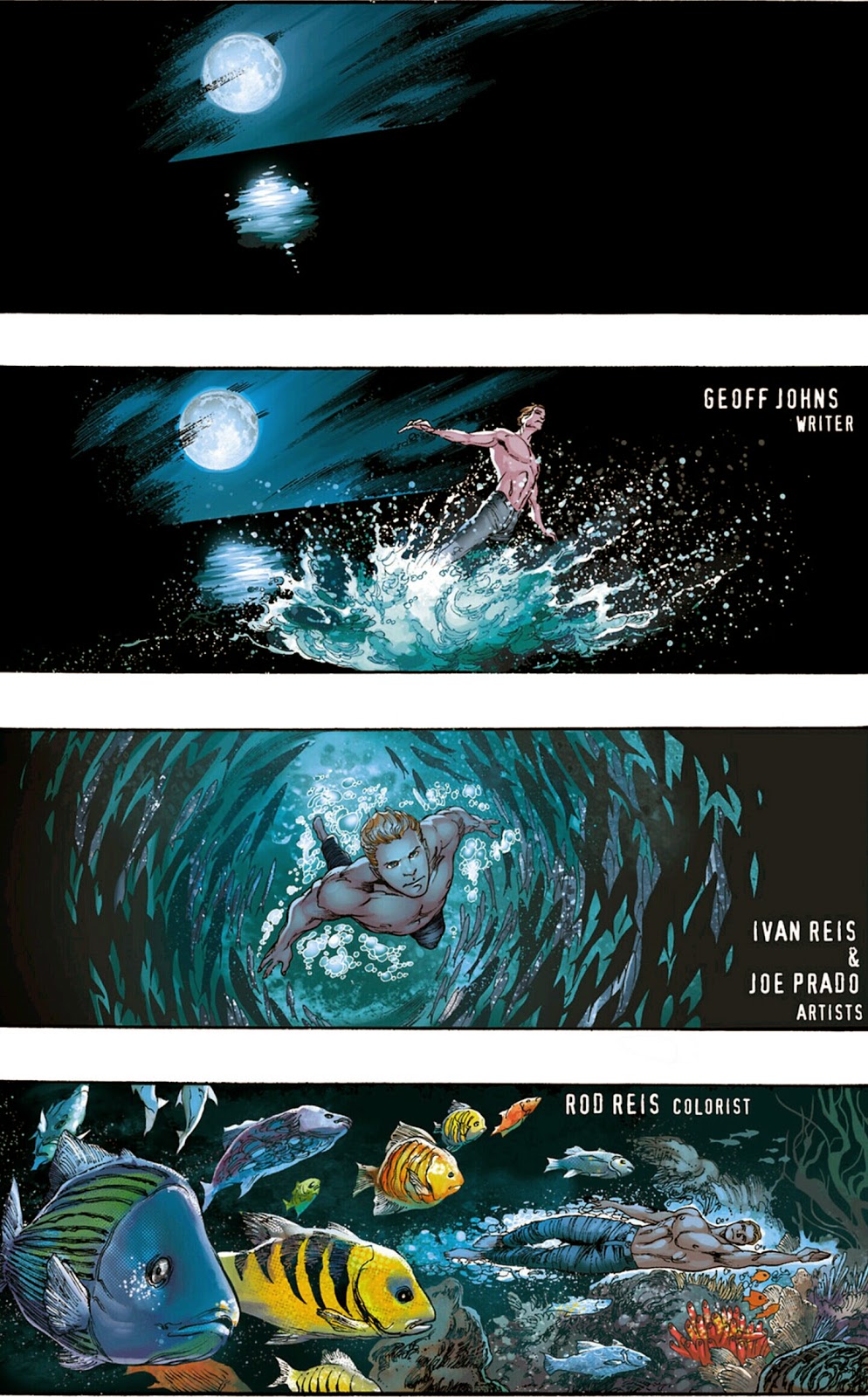In 2012, Disney put out a movie, riding the coattails of the
Pirates of the Caribbean successes, that aimed to put Edgar Rice Burroughs’
character John Carter on the map. The
movie didn’t do well at all; partly due to misdirection in advertising, target demographic
changes, and the title, itself, not enthusiastically drawing in audiences. I mean, calling a movie a familiar name like Tarzan
will resonate with people. Calling it
John Carter makes people scratch their heads.
That said, at one point they dropped the ‘of Mars’ section of the title,
which may have been done so the conclusion of the movie could include it in the
outro, but doing so gave up a descriptive section of the movie’s name that
could have worked to their advantage. “Wanna
go see John Carter?” “Who the hell is
that?” vs “Let’s go see that Mars movie…
John Carter of Mars.”
Regardless, recently I found myself watching said movie for
the first time since seeing it in the theater.
And if not flawed in some of the execution, I found the movie enjoyable
and entertaining. They shove so much
lore in there that, I conclude, it baffled audiences, leading to bad word-of-mouth
and negative recommendations. However, I
wanted to understand a bit more about the lore and what this
science-fiction-founding character was all about. Which brings me to the comics. While not source material, there is enough
taken from the novels and embedded into them that I felt they would give a good
representation of what may have been left from the movies (or crammed in), to give
them a go.
Rather than dig through the multi-panel 60’s and 70’s comics
of yore, I decided to jump into the 2010 Dynamite series (which was no doubt
created to raise interest in the character prior to the movie). Thus, I would find a compatible-enough
version of the character to begin my journey into the ‘of Mars’ comic books. First up is “Warlord of Mars,” the first arc
being “A Tale of Two Planets.”
The character of John Carter, himself, is part cowboy, part carvery-man,
part superhero and part romantic. He’s definitely
an every-man character the audience can identify with. Throughout reading this book, I’m consistently
reminded of Ben-Hur, He-man, Conan, Hercules, and Superman as John leaps around and performs
acts of strength. What is great is that
you can imagine if you were there on Mars, you could do the same feats. While they give some plausible excuse for him
being able to do these feats, the one underlying truth is that due to John being
human, he can do these things and so could anyone else from Earth (Jasoom). This is kinda a reverse-Superman effect, and
it really helps a reader become that everyman who’s in a strange place with
strange powers.
John meets green-skinned, four armed locals on Mars (Barsoom),
and is brought – without reluctance on John’s part – to their territory. Personally, I don’t think I would have
immediately gone with the first tusked-weapon-wielding, four-armed green people
I saw, but, good ol’ John goes right along!
What’s interesting about the narrative is that it’s told
from the main character’s recollection (or journal), often giving the reader
insight into the current predicament that John won’t know until his
musings. This adds a really cool layer
to a story where too many culture misunderstandings would leave the reader as
bewildered as John. In some cases all
you get is a, “I would later find out just what that gesture meant,” kind of foreshadowing,
but it still makes this feel much more like a tale he’s recalling. This may change after the initial origin arc,
but I hope it stays this way.
The exposition past-tense fun notwithstanding, I do have
some issues with this character’s motivation.
Namely, how seemingly quick his integration into Tharkian society is and
how quickly he rises through the ranks, falls for a beautiful girl, and gets wrapped
up in all things Mars, all-the-while wanting to get back to his cave of gold. I hope rest of the books go a little deeper
into John Carter’s unwillingness to fight in the war, perhaps showing the death
of his family as motivation for desertion, and subsequently his need to find a
cave of gold. I think there’s a lot more
to build on with the backstory of his character, which helps support his
decisions to readers while on Mars.
Oh, and he’s naked.
And the Tharks are naked. Dejah
Thoris is almost always naked; little pasties
and what would barely cover a landing-strip. The White Apes have little dongles that are always shadowed. That's a lot of martians running around in their birthday best! Generally when there's sci-fi that puts itself on a different planet and their costumes are all strange, you accept it, but never really give it a lot of thought. An unexpected side effect of all this nakedness, is that while not politically correct running around in skivvies here on Earth, it's perfectly acceptable on Mars, and while that's kinda funny to think about (and see in comics that aren't erotica/hentai), it really sets your mind into thinking, "Oh well, that's their society and it's different." And thinking like this is terrific for a story that transports you to a completely different planet... Or maybe that's just me trying to justify having Dejah Thoris all sexied up. The moment I thought of the enlightenment I layed out in the above statements, I realized that into 4 issues with a sexy Dejah Throis on the cover, she hadn't actually showed up in the story. Heh. Seems sex sales, no matter how a cultural ban on clothing makes sense in the book.
In any case, I'm looking forward to further adventures on Mars/Barsoom, and see how the politics, people, relationships of the story can be explored in the comic format (rather than crammed into a hail-mary pass from Disney).










